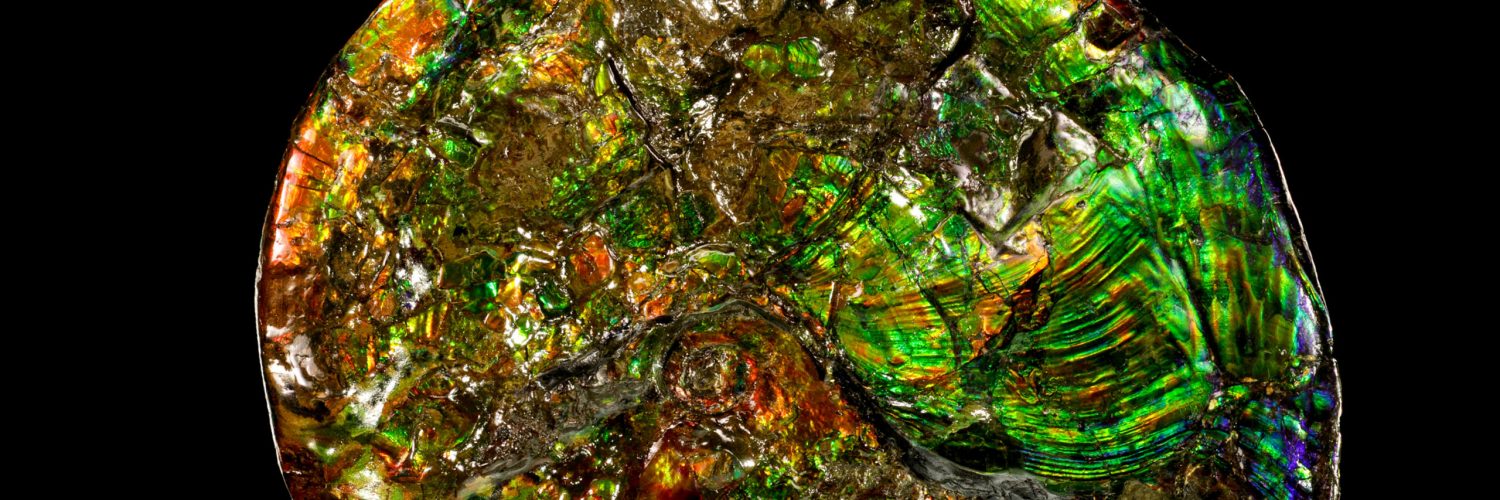Life Helps Make Almost Half of All Minerals on Earth
THE IMPACT OF Earth’s geology on life is easy to see, with organisms adapting to environments as different as deserts, mountains, forests, and oceans. The full impact of life on geology, however, can be easy to miss.
地球地质对生命的影响是显而易见的,因为生物适应了沙漠、山脉、森林和海洋等不同的环境。然而,生命对地质学的全部影响很容易被忽略。
A comprehensive new survey of our planet’s minerals now corrects that omission. Among its findings is evidence that about half of all mineral diversity is the direct or indirect result of living things and their byproducts. It’s a discovery that could provide valuable insights to scientists piecing together Earth’s complex geological history—and also to those searching for evidence of life beyond this world.
一项对地球矿物的全面新调查现在纠正了这一遗漏。其发现中有证据表明,大约一半的矿物多样性是生物及其副产品的直接或间接结果。这一发现可以为拼凑地球复杂地质历史的科学家以及寻找地球以外生命证据的科学家提供有价值的见解。
In a pair of papers published July 1 in American Mineralogist, researchers Robert Hazen, Shaunna Morrison, and their collaborators outline a new taxonomic system for classifying minerals, one that places importance on how minerals form, not just how they look. In so doing, their system acknowledges how Earth’s geological development and the evolution of life influence each other.
在7月1日发表在《美国矿物学家》上的两篇论文中,研究人员罗伯特·哈森、肖纳·莫里森及其合作者概述了一个新的矿物分类系统,该系统重视矿物的形成,而不仅仅是矿物的外观。通过这样做,他们的系统认识到地球的地质发展和生命进化是如何相互影响的。
Their new taxonomy, based on an algorithmic analysis of thousands of scientific papers, recognizes more than 10,500 different types of minerals. That’s almost twice as many as the roughly 5,800 mineral “species” in the classic taxonomy of the International Mineralogical Association, which focuses strictly on a mineral’s crystalline structure and chemical makeup.
他们的新分类法基于对数千篇科学论文的算法分析,识别了10500多种不同类型的矿物。这几乎是国际矿物学协会(International Mineralogy Association)经典分类法中约5800种矿物“物种”的两倍,该分类法严格关注矿物的晶体结构和化学组成。
“That’s the classification system that’s been used for over 200 years, and the one that I grew up with and learned and studied and bought into,” said Hazen, a mineralogist at the Carnegie Institution for Science in Washington, DC. To him, its fixation on mineral structure alone has long seemed like a monumental shortcoming.
华盛顿卡内基科学研究所的矿物学家哈森说:“这是一个已经使用了200多年的分类系统,也是我从小学习、学习和接受的系统。”。在他看来,单是对矿物结构的固定长期以来似乎是一个巨大的缺陷。
Back in 2008, he began digging into the literature on every species of known mineral, looking for data about how they formed. The project “was a monster to try to tackle,” said Morrison, who started working with Hazen at the Carnegie Institution in 2013. The data quickly got murky because many mineral species turned out to arise from multiple distinct processes.
早在2008年,他就开始深入研究每种已知矿物的文献,寻找它们是如何形成的数据。莫里森于2013年开始在卡内基研究所(Carnegie Institution)与哈森合作,他说,该项目“是一个需要努力解决的棘手问题”。数据很快变得模糊,因为许多矿物物种都是由多种不同的过程产生的。
Take, for example, pyrite crystals (commonly known as fool’s gold). “Pyrite forms in 21 fundamentally different ways,” Hazen said. Some pyrite crystals form when chloride-rich iron deposits heat up deep underground over millions of years. Others form in cold ocean sediments as a byproduct of bacteria that break down organic matter on the seafloor. Still others are associated with volcanic activity, groundwater seepage, or coal mines.
例如,黄铁矿晶体(通常称为傻瓜金)。“黄铁矿以21种根本不同的方式形成,”哈森说。当富含氯化物的铁矿床在地下深处加热数百万年后,就会形成一些黄铁矿晶体。另一些则是在寒冷的海洋沉积物中形成的,是分解海底有机物的细菌的副产品。还有一些与火山活动、地下水渗漏或煤矿有关。
“Each one of those kinds of pyrite is telling us something different about our planet, its origin, about life, and how it’s changed through time,” said Hazen.
哈森说:“每一种黄铁矿都在告诉我们关于我们的星球、它的起源、生命以及它是如何随着时间而改变的。”。
For that reason, the new papers classify minerals by “kind,” a term that Hazen and Morrison define as a combination of the mineral species with its mechanism of origin (think volcanic pyrite versus microbial pyrite). Using machine learning analysis, they scoured data from thousands of scientific papers and identified 10,556 distinct mineral kinds.
因此,新论文根据“种类”对矿物进行分类,哈森和莫里森将该术语定义为矿物种类及其来源机制的组合(想想火山黄铁矿与微生物黄铁矿)。利用机器学习分析,他们从数千篇科学论文中搜索数据,确定了10556种不同的矿物。
Morrison and Hazen also identified 57 processes that individually or in combination created all known minerals. These processes included various types of weathering, chemical precipitations, metamorphic transformation inside the mantle, lightning strikes, radiation, oxidation, massive impacts during Earth’s formation, and even condensations in interstellar space before the planet formed. They confirmed that the biggest single factor in mineral diversity on Earth is water, which through a variety of chemical and physical processes helps to generate more than 80 percent of minerals.
莫里森和哈森还确定了57种单独或组合产生所有已知矿物的过程。这些过程包括各种类型的风化、化学沉淀、地幔内部的变质转变、雷击、辐射、氧化、地球形成期间的大规模撞击,甚至在行星形成之前的星际空间中的凝聚。他们证实,地球上矿物多样性的最大单一因素是水,水通过各种化学和物理过程帮助生成了80%以上的矿物。
Read more at Wired.com
在Wired.com阅读更多











